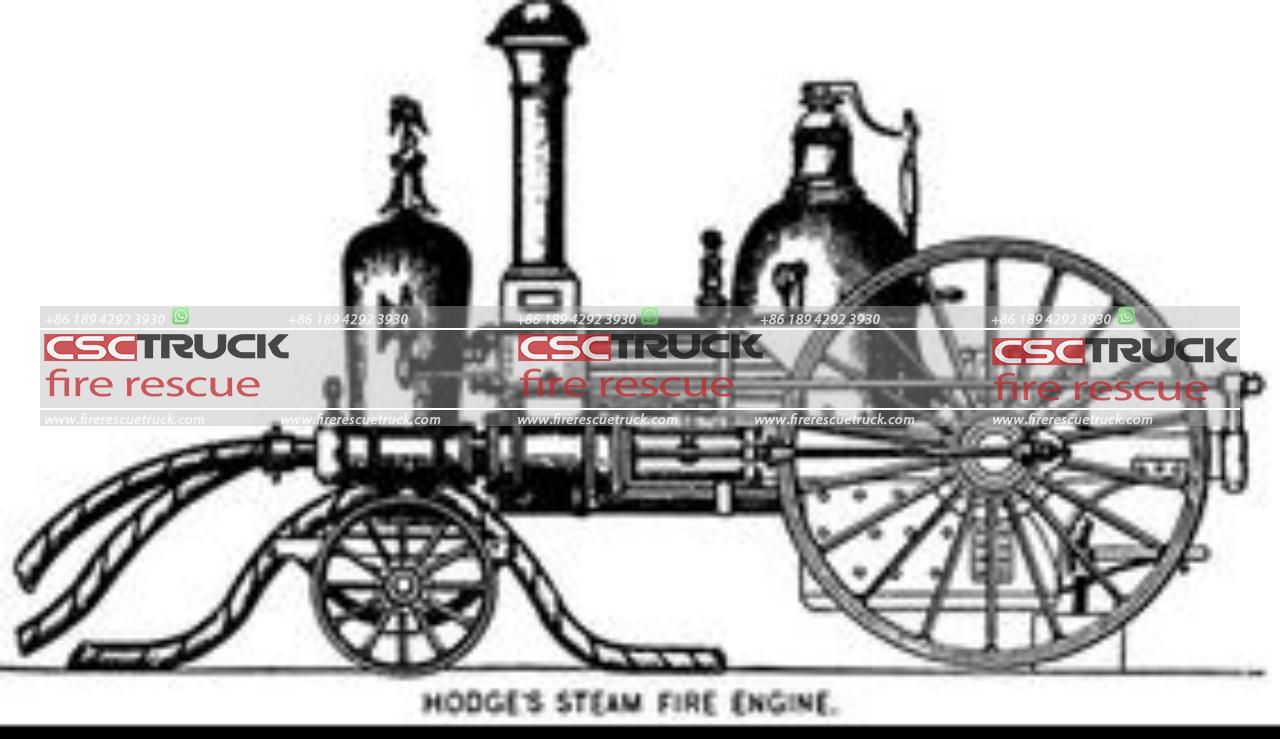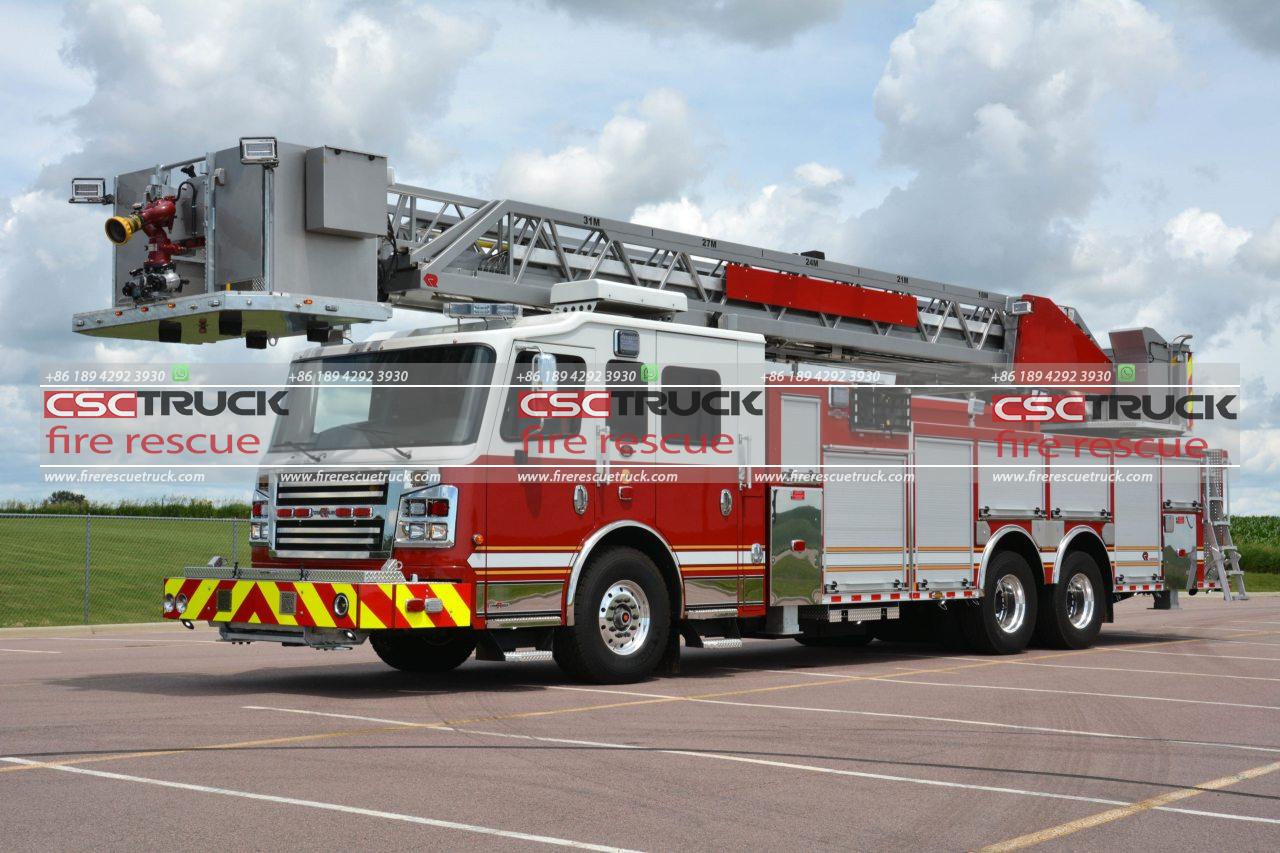Firefighting has a long and storied history that traces its roots back to the very beginnings of organized society. Fires were a major concern in cities and towns, where densely packed buildings and materials like wood made them incredibly vulnerable to devastating blazes. Early civilizations such as the Romans developed rudimentary fire suppression techniques, and as time progressed, so did the methods and tools used to fight fires. One of the most revolutionary innovations in the history of firefighting was the invention of the fire truck.
The fire truck, as we know it today, is a complex vehicle equipped with water pumps, ladders, hoses, and other tools designed for extinguishing fires. However, its development was gradual, built on the inventions and efforts of many over centuries. Understanding who invented the first fire truck depends on how we define what a “fire truck” is. In this article, we’ll explore the origins of fire trucks, from horse-drawn carriages to the modern motorized vehicles, and the innovators behind their creation.
The Early Days of Firefighting
Before the invention of dedicated firefighting vehicles, early fire brigades relied on buckets and manpower. Organized firefighting units existed as far back as ancient Rome, where a group called the “Vigiles” was tasked with extinguishing fires using water buckets, axes, and other simple tools. Though highly efficient for their time, their firefighting efforts were limited by the speed and availability of manpower.
As cities grew and buildings became taller and more complex, the need for more advanced firefighting methods became increasingly apparent. Enter the fire pump, one of the earliest devices that would eventually evolve into the fire truck.
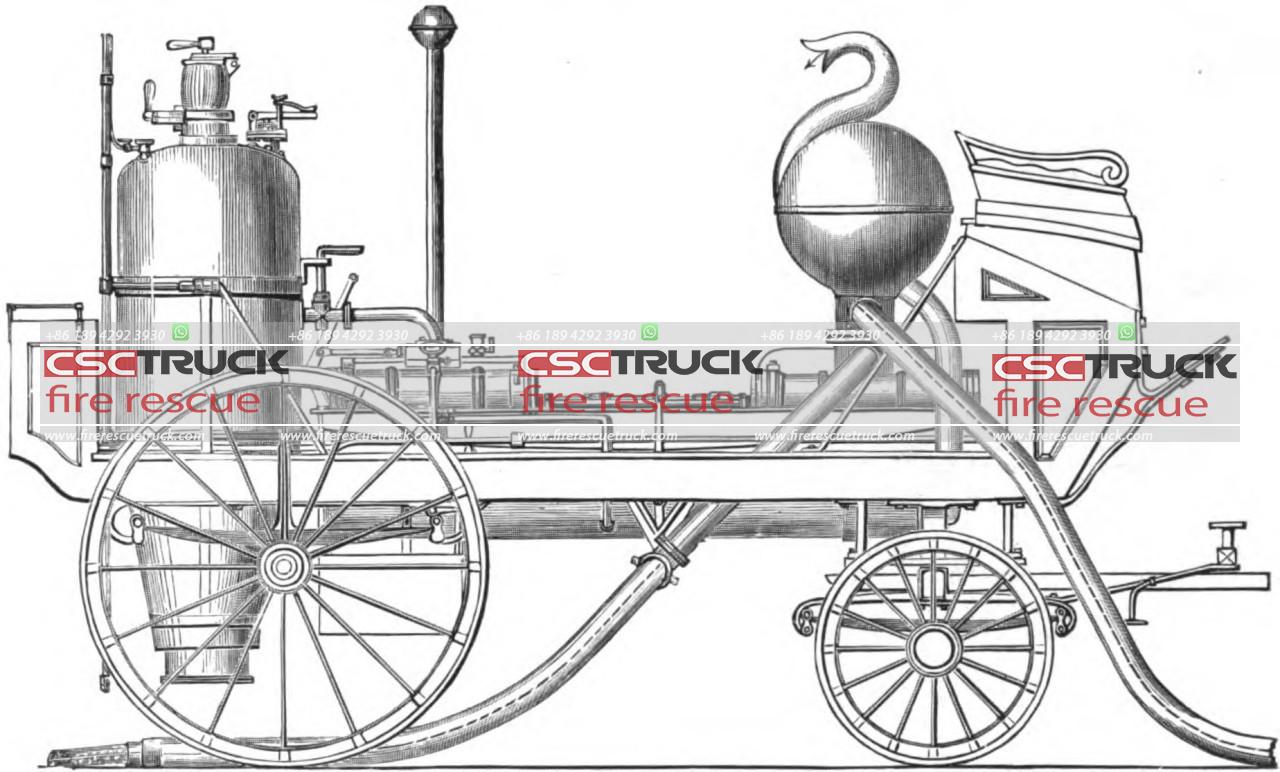
The Invention of the Fire Pump: A Key Step
The invention of the fire pump was a key milestone in the development of firefighting technology. Some of the earliest recorded pumps date back to the 2nd century B.C., with designs from Greek engineer Ctesibius of Alexandria. These pumps allowed water to be directed at a fire in a steady stream, making it easier to extinguish flames.
However, it wasn’t until 1518 that German inventor Anthony Blatner developed a more modern version of the fire pump. This pump was operated by hand and used a system of pistons to create water pressure, which could be directed through a hose at the fire. This invention dramatically improved the efficiency of fire brigades and laid the groundwork for future firefighting vehicles.
Early Firefighting Vehicles: The Transition to Horse-Drawn Fire Engines
By the early 18th century, advancements in pump technology led to the creation of the first horse-drawn fire engines. These early fire engines were essentially large water pumps mounted on wagons, pulled by horses to the site of the fire. The fire brigades of the time would fill these pumps with water and then manually operate the pistons to create pressure, directing water at the flames.
One of the pioneers of these early firefighting vehicles was Richard Newsham, a British inventor who patented a fire engine in 1721. His design featured a hand-powered water pump mounted on a wheeled carriage, capable of producing a continuous stream of water. Newsham‘s fire engines were widely adopted in both the UK and America, and they represented a significant leap forward in firefighting technology.
Although these early fire engines were revolutionary, they still required manual labor to operate, and their effectiveness was limited by the speed at which they could be transported to the scene of the fire. The advent of steam-powered engines would change that.
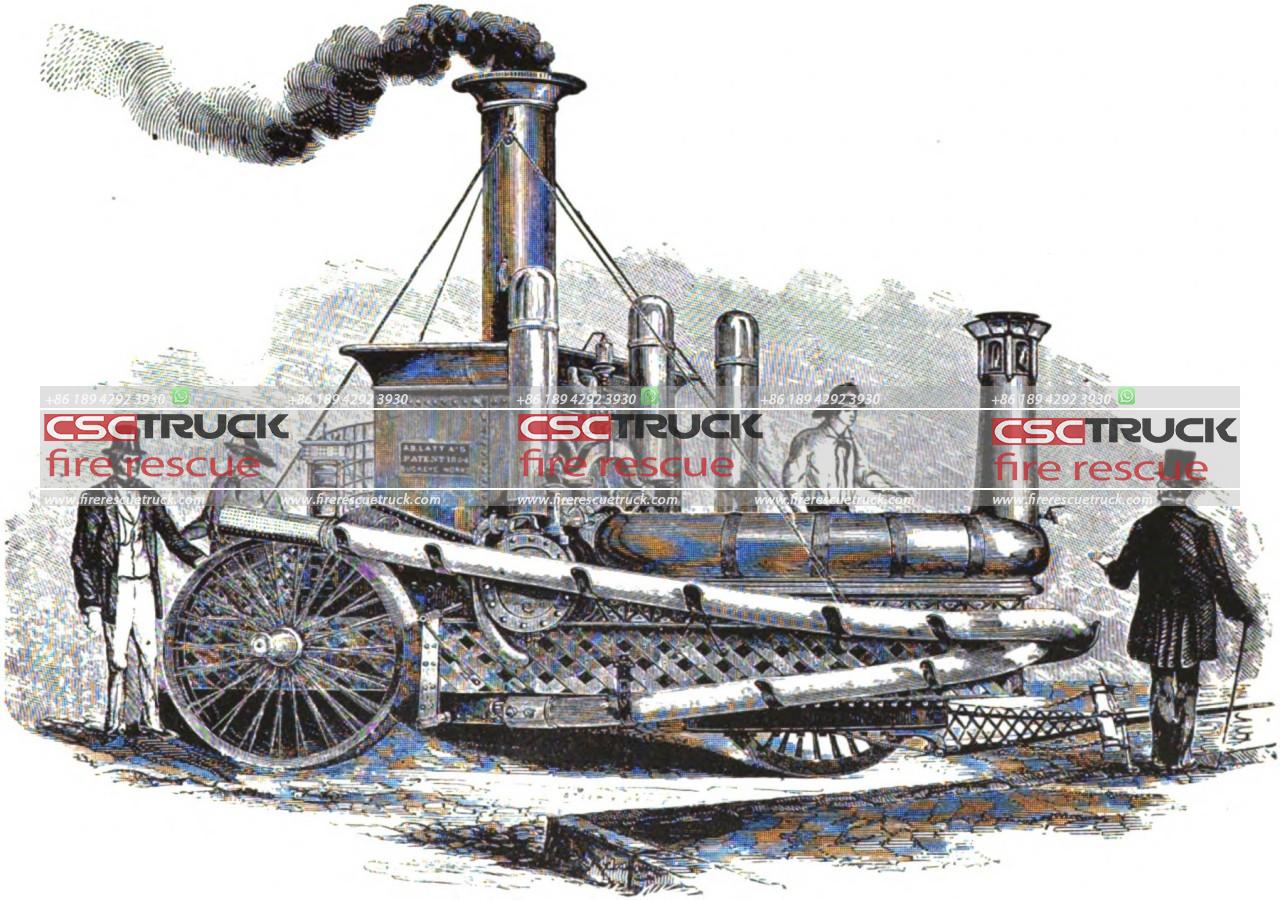
The Steam-Powered Fire Engine: A Game-Changer
The next major leap in firefighting technology came in the mid-19th century with the invention of the steam-powered fire engine. These vehicles used steam engines to power the water pumps, significantly increasing the volume and pressure of the water they could direct at a fire. Steam power also eliminated the need for hand-operated pumps, freeing up manpower and allowing firefighters to focus on other tasks.
In 1829, British engineer John Ericsson, who later designed the famous Civil War ironclad ship *USS Monitor*, developed one of the earliest steam-powered fire engines. However, it wasn’t until 1852 that the concept truly gained traction when American inventor John Braithwaite and his partner John Ericsson designed a steam-powered fire engine that was successfully used by the London Fire Brigade. Soon after, steam-powered fire engines began to appear in cities across the United States and Europe.
One of the key figures in the adoption of steam-powered fire engines in America was Alexander “Sandy” Latta. In 1852, Latta, in collaboration with the Cincinnati Fire Department, built the first practical steam-powered fire engine in the U.S. This invention proved highly effective, reducing response times and improving firefighting capabilities.
The Motorized Fire Truck: A 20th Century Innovation
While steam-powered fire engines were a significant improvement over horse-drawn models, they still had limitations. Steam engines were slow to start, and they required a constant supply of water to generate steam. The invention of the internal combustion engine in the late 19th century would eventually lead to the development of the modern motorized fire truck.
In 1905, Knox Automobile Company, based in Springfield, Massachusetts, produced one of the first gasoline-powered fire trucks. This vehicle, equipped with an internal combustion engine, allowed fire departments to respond to emergencies faster than ever before. The truck featured a ladder, hose, and pump, much like modern fire trucks.
A few years later, in 1906, the American LaFrance Fire Engine Company produced its gasoline-powered fire truck. American LaFrance quickly became one of the leading manufacturers of fire trucks, producing vehicles that were widely used across the United States.
Motorized fire trucks represented a massive leap forward in firefighting technology, offering greater speed, power, and flexibility than their predecessors. Over the following decades, fire truck manufacturers continued to refine their designs, incorporating innovations such as hydraulic aerial ladders, larger water tanks, and specialized firefighting tools.
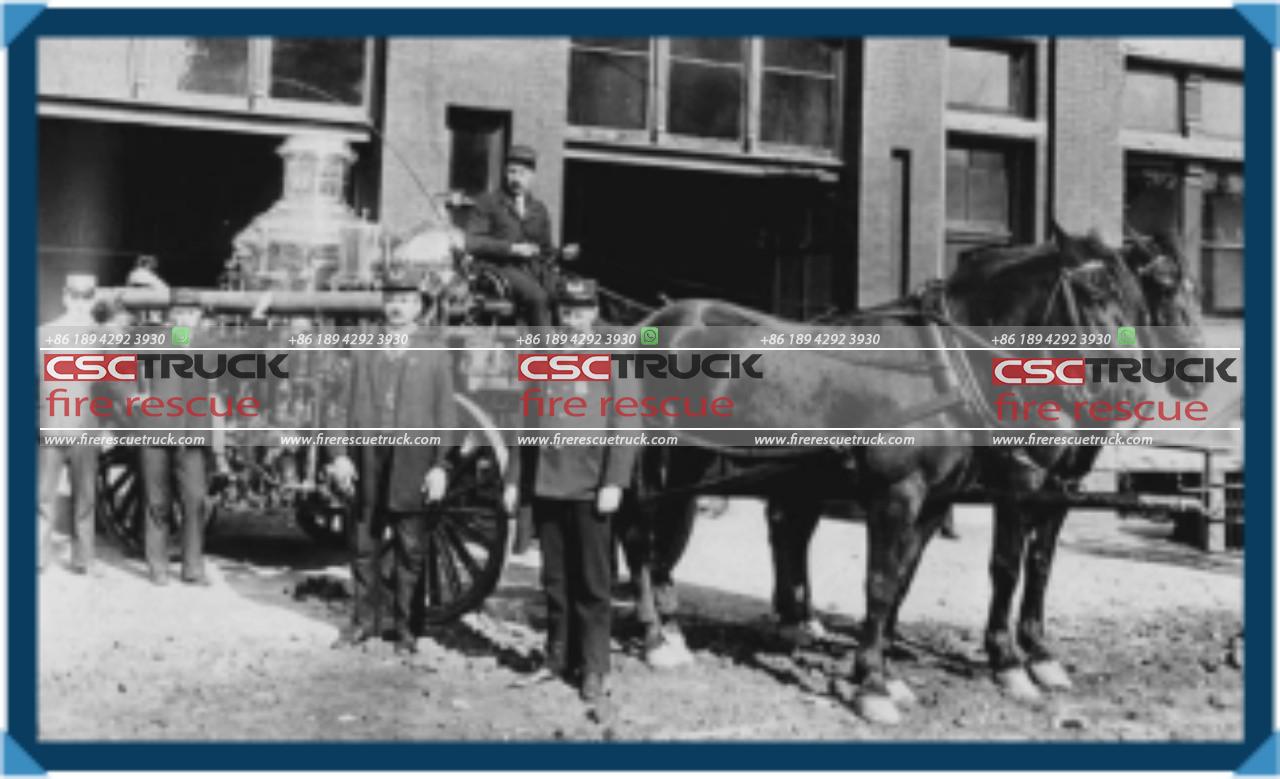
The Modern Fire Truck
Today, fire trucks are highly specialized vehicles designed to meet the diverse needs of modern fire departments. Some trucks are equipped with powerful pumps and water tanks, while others carry aerial ladders capable of reaching the upper floors of tall buildings. Many fire trucks also come equipped with rescue tools, such as the Jaws of Life, which are used to free people trapped in vehicles or collapsed structures.
Modern fire trucks are the culmination of centuries of innovation, with contributions from countless inventors and engineers. From the early hand-powered fire pumps of the 2nd century B.C. to today’s state-of-the-art firefighting vehicles, the history of the fire truck is one of continuous improvement and adaptation.
Conclusion: Who Invented the First Fire Truck?
While it is difficult to credit a single individual with inventing the first fire truck, several key figures stand out in the history of firefighting technology. Richard Newsham’s 18th-century fire engine, John Ericsson’s steam-powered innovations, and the motorized vehicles produced by Knox Automobile Company and American LaFrance all played pivotal roles in the development of the fire truck.
The evolution of the fire truck is a testament to human ingenuity and the constant quest for better ways to protect communities from the dangers of fire. Today’s firefighters owe much to the early pioneers who laid the groundwork for modern firefighting vehicles, ensuring that they are equipped with the tools they need to save lives and property.
